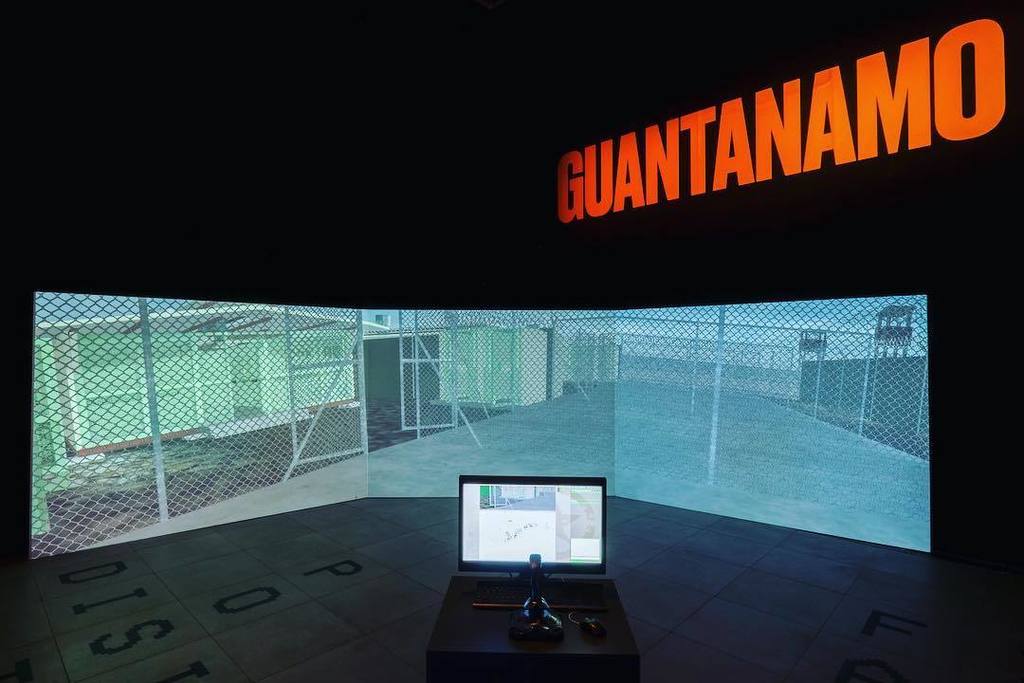Words by Eran Tsafrir

Politics is poisoned. Propaganda, lies, manipulations, alt-facts, fake news, selective hacks, and leaks are the hallmarks of the politics of our age. Appeals to emotion and personal belief, and the dismissal of proven, evidence-based facts, objective truths, and the views of experts, are now at the heart of the political debate and the exercise of political power.
How much of this is fiction., which opens at the Foundation for Art and Creative Technology (FACT) on 2 March (and continues until 21 May), is a timely curatorial and artistic endeavour.
Designed by Ruben Pater, whose work is grounded in a strong activist history, and in particular, in relation to the ways in which media covers moments of political unrest, the exhibition is arranged in two zones.
The first zone, entitled ‘The Newsroom’, looks into hacks and fabricated ‘news fiction’, where deception or provocation has interfered with the media landscape and has opened it up as a platform for discussion and debate. It includes projects such as Daily Paywall by Paolo Cirio, who uses code to pirate and monetize online content and, by this, to inform the public about socio-economic issues. Newstweek by Julian Oliver and Danja Vasiliev is based on a technical device that enables online news content manipulation via wireless hotspots. [V]ote-Auction by UBERMORGEN uses the Internet to subvert democratic processes.
The second zone of the exhibition presents a series of interconnected installations that look into how trickster ethos is used to address political themes. In Material Speculation: ISIS, 2015 – 2016, Morehshin Allahyari uses 3D printing and digital technology as a resistance tool and a process for repairing history and memory. Wachter and Jud’s Zone*Interdite uncovers forms of censorship of the Internet, and Drone Aviary by Superflux investigates drone technology’s social, political and cultural potential as it enters the civil space.
Art that uses socio-political contexts as material, like clay (‘contextist art’), has the power to draw attention to deep-rooted problems in our society. It can trigger debate and mobilise people to act, especially when stirring the senses.
How much of this is fiction. offers us an opportunity to reflect on the nuts and bolts of a mutation of power mechanisms that seriously threaten the prevailing political and social order. It provides us with a space to contemplate, to meditate on the ways we, individuals, can concoct an antidote to the post-truth poison that contaminates our lives.
Read the full feature here.






